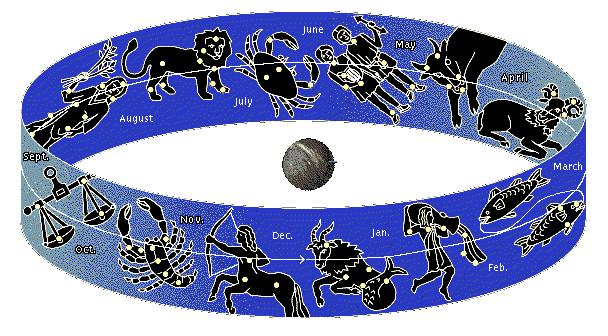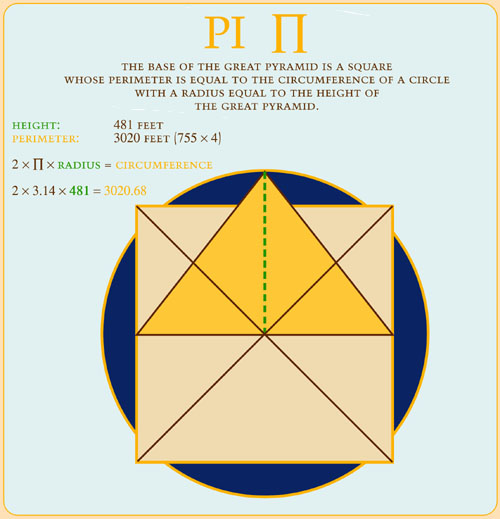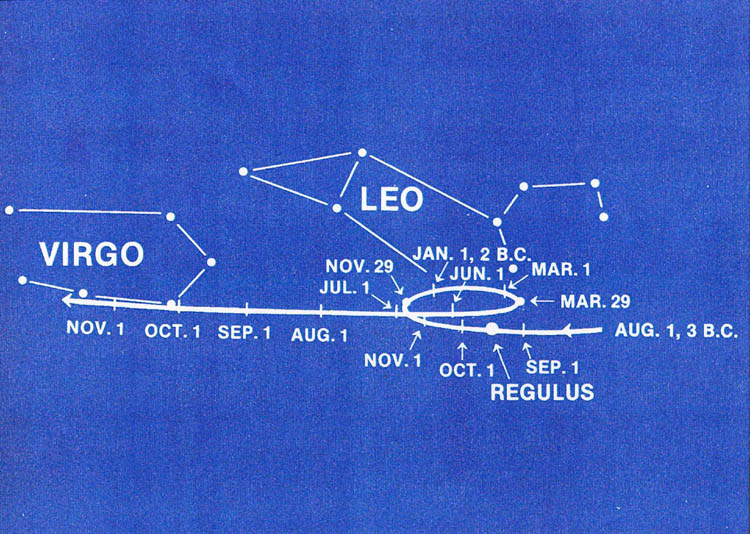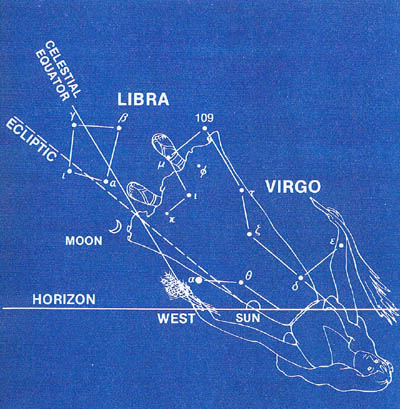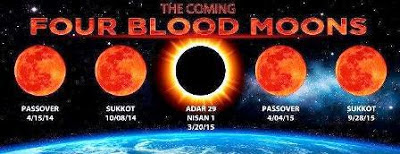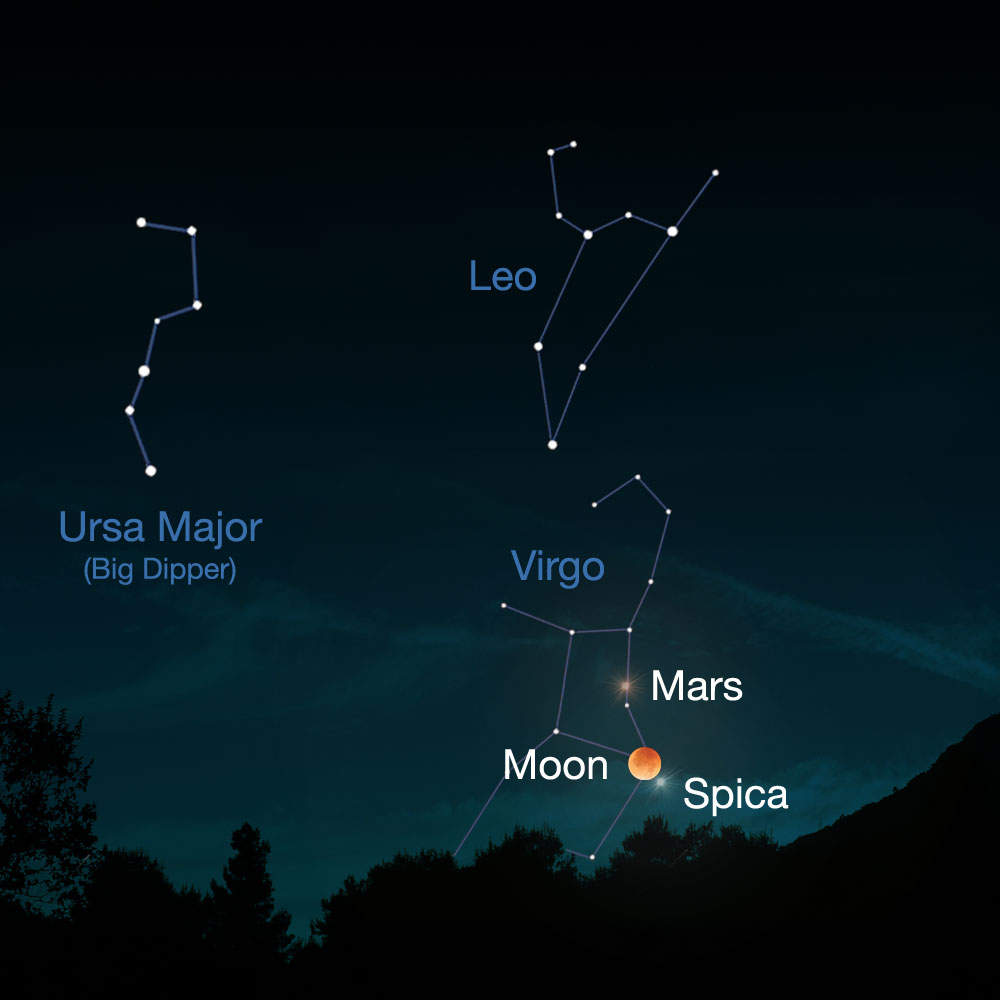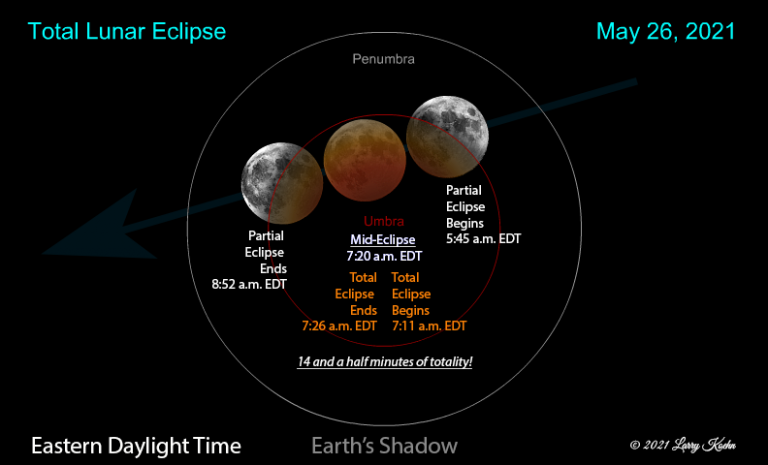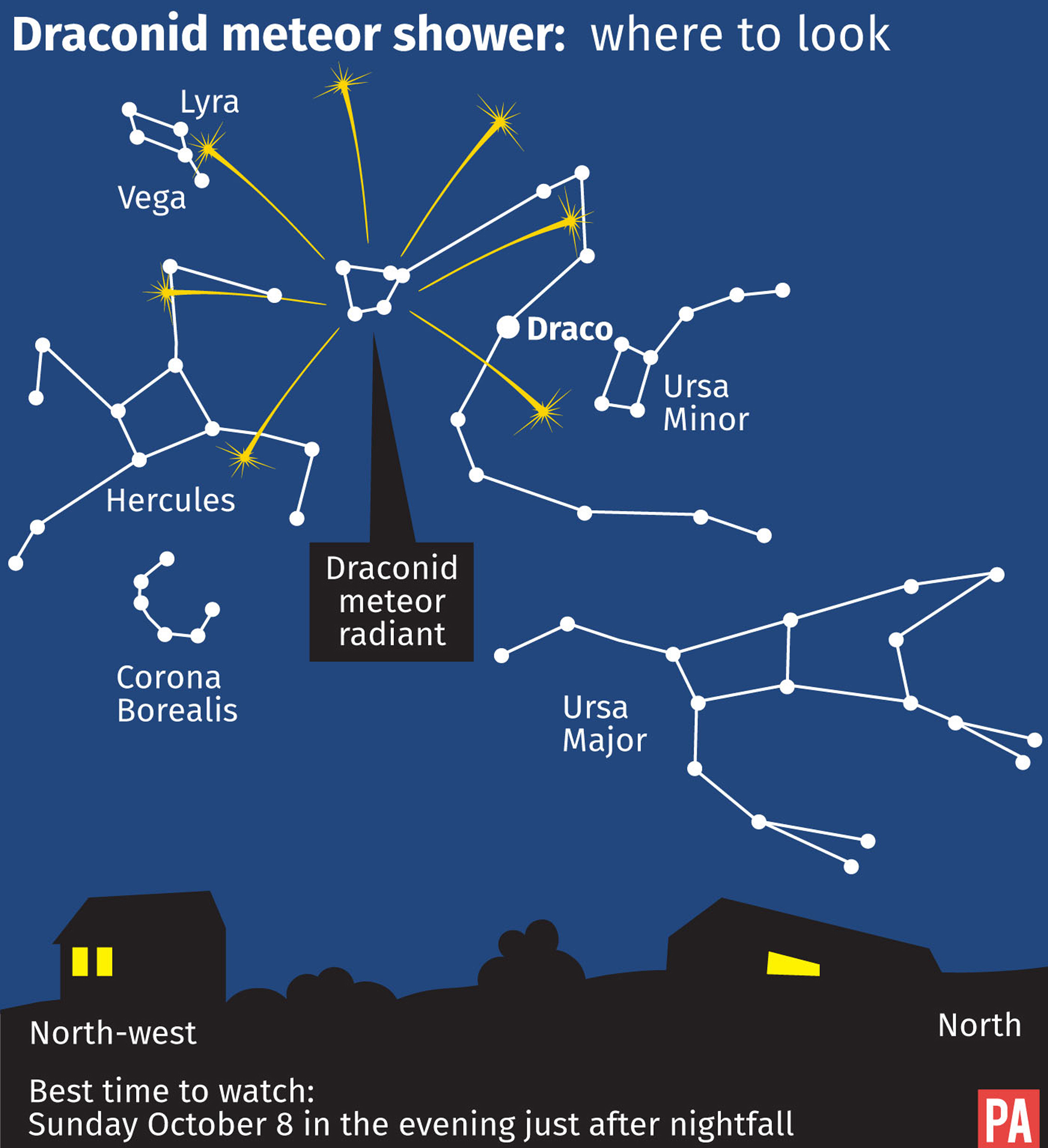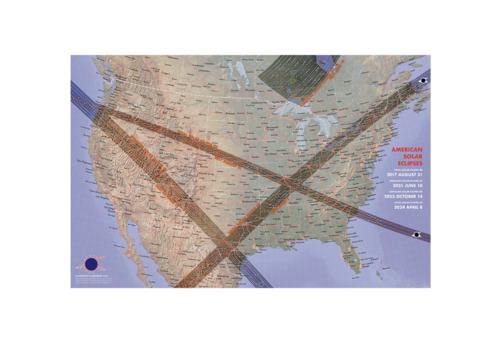
Happy Spring and Passover Everyone!
The signs and aroma’s of Spring are in the air…Everywhere you turn, you can see evidence of nature awakening from it’s winter slumber. As the foliage is aroused in its cycle of life, and the blossoming flowers are enriching the landscape with their pallet of colors, we are reminded of the renewing spiritual power of the resurrection of Christ! As we honor the resurrection of Christ this weekend, the subject of this month’s blog pertains to this imagery of life everlasting, as seen in the Almond Branch and Tree…
The description of the golden ratio as the Divine proportion [1.6180339…] is fitting as seen by many as a door to a deeper under-standing of beauty and spirituality in life, unveiling a hidden harmony or connectedness in so much of God’s creation. That’s an incredible role for a single number to play, but then again this number [phi] has played an incredible role in human history and in the foundations of life. The line between its mathematical and spiritual aspects is thus not easily drawn. Even the symbol for Phi, a circle with a line drawn through it, can be thought to represent a zero, or void, divided by one, or Unity, to create beauty, analogous to God creating the universe from nothing.
Phi does not appear explicitly in the Bible or other ancient scripts, yet we find that the dimensions given by God to Noah for the Ark, and to Moses for the Ark of the Covenant both reflect a 5 to 3 proportion, Fibonacci numbers with a ratio of 1.666, and a reasonably close approximation to Phi, [1.618…] which incrementally advances in mathematical accuracy to infinity with each numerical step. This Ark was housed in the holiest place of both the Tabernacle and Temple, containing the tablets of the Decalogue; [Ex. 25:16, 21] along with a pot of Manna and Aaron’s Rod that budded, [Heb. 9:4-5]. We also find the order of this divine ratio at the basis of the structure of the Tabernacle and Temple of Jerusalem.
The spiraling shapes in cauliflower; [below] artichoke, and sunflower florets (above) share a remarkable feature: The numbers of clockwise and counterclockwise spirals are consecutive Fibonacci numbers—the sequence 1, 1, 2, 3, 5, 8, 13, 21, 34, 55, 89, 144… so that each number is the sum of the last two. What’s more, those spirals pack florets as tight as can be, maximizing their ability to gather sunlight for the plant. But how do plants like sunflowers create such perfect floret arrangements, and what does it have to do with Fibonacci numbers? A plant hormone called auxin, which spurs the growth of leaves, flowers, and other plant organs, is the key: Florets grow where auxin flows. Using a mathematical model that describes how auxin and certain proteins interact to transport each other around inside plants, researchers could predict where the hormone would accumulate. Simulations of that model reproduced patterns exactly matching real “Fibonacci spirals” in sunflowers, as reported in the monthly in Physical Review Letters. Based on their results, the researchers suggest that such patterns might be more universal in nature than previously thought. 1
A. Fibonacci Spirals in the structure of Cauliflower.
A.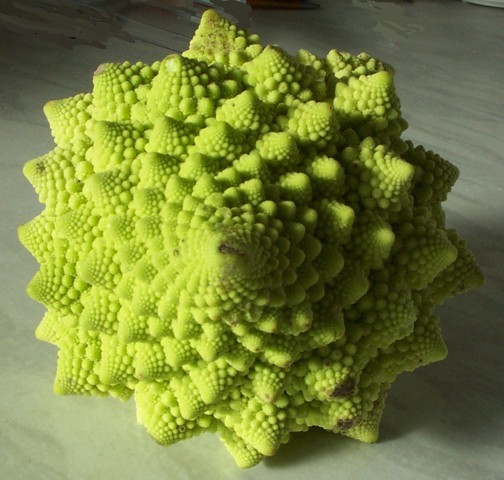

B. Lunar Phases mapped according to the Fibonacci Spiral pattern.
Spirals are built into a plant from its very beginning. The tender tip of a growing plant is capped by a thin outer shell. As the plant cells inside the shell grow and divide, they create stress that can deform the shell. The easiest way for the shell to relieve the stress is to buckle into ridges that form the arms of a spiral, centered at the stem, [Menorah pattern]. Sometimes, the stress pushes the plant to add a second or third spiral. Although spirals differ among plants, they show particular kinds of patterns.
To investigate why, mathematicians Patrick Shipman and Alan Newell of the University of Arizona in Tucson calculated the stresses on the growing tips of plants, assuming that the plant wrinkles to minimize the total stress on its skin. They found that the first two spirals strain and pull on each other, sometimes making a third spiral. Crucially, the number of arms in the third spiral always equals the sum of the arms of the first two in order to minimize stress, they found. This is the hallmark of the famous Fibonacci series, in which each number is the sum of the preceding two numbers. The series shows up with surprising regularity in nature, describing patterns of population growth, and in the proportions of seashells.
When Shipman and Newell graphed the solutions to their stress calculations, they saw spiral patterns with Fibonacci-like relationships that looked very similar to those in real cacti. Their analysis appears in the 23 April issue of Physical Review Letters.2
“The key nice part about what Patrick and Alan have done is they do some excellent mathematics and link it to what the physics might be,” says Neil Mendelson, a molecular biologist at University of Arizona. Shipman says, “For this sort of work to be useful to biologists, we have to know what can actually be predicted.”3
We have already seen that the number of double spirals of the sunflower head are also Fibonacci numbers. The spirals have perhaps moved from the vertical plane to the horizontal plane. Phyllotaxis is the study of the ordered leaf position on a stem; (Phyllos-leaf taxis order), with particular reference to their repetition in the same alignment. The Fibonacci series has been observed in phyllotaxis and extensively studied in the following three different spiral arrangements.
Figure 1. Vertical Spiral of leaf orientation. 4
1. VERTICALLY. Where leaves on a stem demonstrate the Fibonacci Series as they spiral up the stem.
2. HORIZONTALLY. Where the spirals are horizontal like on the flat head of the sunflower.
3. TAPERED or ROUNDED, like the tapered pine cones or the rounded Chrysanthemums, or pineapples that also show a double set of spirals as pictured below.
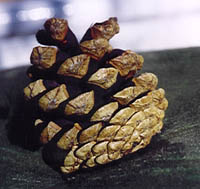 When these double sets of spirals have been counted, the numbers of spirals were found to be Fibonacci numbers; with larger numbers in this series seen in different plants. Any textbook discussing mathematics in nature will include numerous examples.
When these double sets of spirals have been counted, the numbers of spirals were found to be Fibonacci numbers; with larger numbers in this series seen in different plants. Any textbook discussing mathematics in nature will include numerous examples.
Brian Goodwin in his book, ‘How the Leopard changed its spots’, discusses Phyllotaxis at length and describes a model of phyllotaxis produced by two French scientists Douady and Couder. They also managed to reproduce the double spirals similar to those of the sunflower by computer. Brian Goodwin further asks about Phyllotaxis; “What is the inherent nature of the simple rules that govern this diversity. What are we looking at when we see such a magnificent variety of plants and flowers?”
The study of Phyllotaxis is a branch of biology that seeks the answers to these questions. The connection between phyllotaxis and the Golden Proportion has engendered volumes of literature examining these questions. Surprisingly, as recent as 1998, a large magnificent tome on phyllotaxis called “Symmetry in Plants” was published as a multidisciplinary study by 44 scientists, all leaders in their fields, including chapters by botanists, mathematicians crystallographers and molecular geneticists.
Phyllotaxis-The positions of leaves.
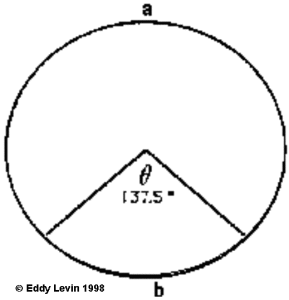 The leaves on a stem are positioned over the gaps between the lower leaves as they spiral up the stem. What is most remarkable about this spiral spacing, is that irrespective of species, the rotation angle tends to have only a few values. By far the most common of which is 137.5◦ (Goodwin). This is considered an efficient arrangement to allow maximum sunlight to reach each set of leaves. This angle is non other than the Golden Proportion related to the perimeter of a circle as in the adjacent figure. 5
The leaves on a stem are positioned over the gaps between the lower leaves as they spiral up the stem. What is most remarkable about this spiral spacing, is that irrespective of species, the rotation angle tends to have only a few values. By far the most common of which is 137.5◦ (Goodwin). This is considered an efficient arrangement to allow maximum sunlight to reach each set of leaves. This angle is non other than the Golden Proportion related to the perimeter of a circle as in the adjacent figure. 5
It is the ratio between the perimeter of a circle where the larger part A, is to the smaller part B, as the larger part A is to the whole A+B, our old familiar Golden Proportion premise here seen in yet another guise.
The other example of the Golden Proportion is concerned with the number of leaves between one leaf and the next one directly overhead in the spiral, and the number of rotations before this position is reached.
Botanical units such as leaves and petals are generated as fast growing cells known as primordia develop. As part of the growth process the leaves and flowers are pushed farther from the apex, as they develop into the familiar plant features, whether leaves, flowers, or aspects of fruit. In spiral phyllotaxis the angle between consecutive born primordia, called the divergence angle, is constant and close to the Fibonacci angle of 137.5◦.
In some trees like Elmwood and basswood, the leaves along a stem seem to occur alternately on two opposite sides where we speak of 1/2 phyllotaxis. In the beech and hazel the passage from one leaf to the next is 1/3 of a turn.
oak and apricot 2/5 phyllotaxis
poplar and pear 3/8 phyllotaxis
willow and Almond 5/13
these are all recognizable as alternate Fibonacci numbers. 6 {Coxeter}
On the oak tree, the Fibonacci fraction is 2/5, which means that the spiral takes five branches to spiral two times around the trunk to complete one pattern. Other trees with the Fibonacci leaf arrangement are the elm tree (1/2); the beech (1/3); the willow and the almond tree (5/13) according to (Livio). 7 A notable Biblical example of the almond branch is Aaron’s rod that budded.
Aaron’s rod budded, sprouted, and offered fully formed fruit, all at the same time. “According to the law of nature, all living things have a beginning and an end. However, this was not the case with Aaron’s rod, for God gave it an accelerated lease of life. This miracle hinted at the resurrection of Jesus Christ. Even though death came to the world because of the actions of the first man, Adam, resurrection would come about on account of Jesus Christ (1 Cor 15:17–22). Hence, when Jesus was about to raise Lazarus from the dead, He told Martha, “I am the resurrection and the life. He who believes in Me, though he may die, he shall live” (Jn 11:25). Aaron’s budding rod served to quell Korah’s rebellion and re-affirmed Aaron’s position as high priest, separating from the rebellion of false leaders, who paid with their lives along with those they deceived. Furthermore, this wondrous sign hinted at the future Messiah and His status as the first-fruits of the resurrection, (1 Cor 15:20).
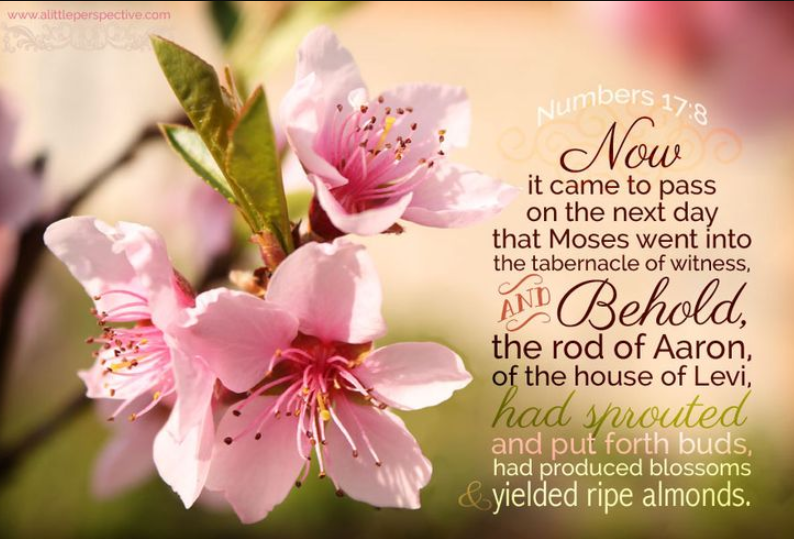
Plant-life is based on optimum utilization and exposure to light, water and fertile soil enhancing the spiral growth form of the Phi ratio and the distribution of leaves and seeds on the plants above ground, and the pattern root structure of the plant below ground. The Sunflower florets for example, are set in two rotating spirals, 21 clockwise and 34 anti-clockwise, programmed into the DNA of plant auxin, ordered via the Fibonacci numbers arranging the seeds in the most compact array to optimize their ability to gather light from the Sun for maximum growth and replication. There is also a specific harmony in the geometric increase of growth via the Fibonacci Series and the summarizing and concluding statements of the Book of Acts, that start with addition and geometrically increase in scale to multiplication, at the higher levels of this number series. The Greek Word “Auxano,” is the root for “auxins” found in 3 key Acts summary statements; [Acts 6:7, 12:24, 19:20, Eph. 4:16]. We see this in how 1st Century Churches grew and were added in key areas, [Acts 9:31–multiplied, 16:5, established in the faith, and increased in number daily…] But with the growth of these Churches in Acts, is was the Gift Ministries of the the Apostles, Prophets and Teachers that established the believers in the faith principles of the 1st Century Church, activating the multiplication of these fellowships in the spiritual power and edification in love and Grace that made the difference. Here we find a lesson of Aaron’s Rod that budded. It was mainly resulting from the essential energized power ministries of Church leaders, as the believers walked in the Apostles doctrine, [Acts 2:42-47] and fellowship that many signs and wonders were done, empowering the Faithful. This caused the growth of the Word of God in people’s lives that left an indelible spiritual impact on the 1st Century culture.
As Egypt’s counterfeit priests were allowed copy Moses‘ and Aaron’s sign of turning their rods to serpents, Egypt’s serpents were devoured by the rod’s of Moses and Aaron. This like the remaining plagues on Egypt, were specific statements against the Egyptian idol pantheon. Since Egypt’s enchanters were not able to counterfeit any further signs beyond the first 3 plagues, God exposed the weakness of their deceitful powers embodied in their false rod’s. [Ex. 7:9-12, 17-22]. Other than Aaron’s rod swallowing the serpent-rod’s of the Pharaoh’s Priests the majority of the use of almonds found in God’s Word are in reference to the Menorah. Ex. 25:33 says;
“three cups made like almond blossoms, each with calyx and flower, on one branch, and three cups made like almond blossoms, each with calyx and flower, on the other branch—so for the six branches going out of the lampstand.”
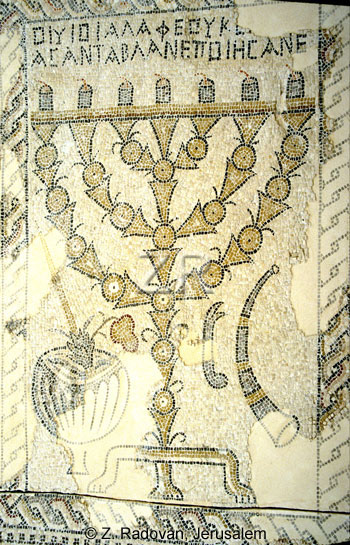
Calyx is the collective name for sepals of a flower. Easton’s Bible Dictionary explains,
“A native of Syria and Palestine, in form, blossoms, and fruit it resembles the peach tree. Its blossoms are of a very pale pink color, and appear before its leaves. Its Hebrew name, shaked, signifying “wakeful, hastening,” is given to it on account of its putting forth its blossoms so early, generally in February, and sometimes even in January.“
As with Aaron’s rod, Jeremiah 1:11 use of the almond is a symbol. Jeremiah 1:11-12:
“And the word of the Lord came to me, saying, “Jeremiah, what do you see?” And I said, “I see an almond branch.” Then the Lord said to me, “You have seen well, for I am watching over my word to perform it.”
Pulpit Commentary says of Verse 12. – I will hasten my word; literally, I am wakeful over my word; alluding to the meaning of the Hebrew word for almond. The LORD will hasten to perform His judgments of Jerusalem which He proclaimed in His word to Jeremiah.
The almond is a well-known symbol of resurrection because it is the first tree to flower. The white, five-parted flowers are up to two inches across and come in the late winter before the leaves of the tree develop. Because they may flower as early as late January or early February, it is sometimes possible to find almond flowers with snow.“
Menorah painting by David G. Vogel. 8
Vogel writes regarding the Menorah in Exodus 25: “I found it intriguing that the almond blossom is used to describe the bulbs and branches.As Ex. 25 shows us, the structure of the Menorah is imprinted with the pattern of the Almond tree. The Almond tree sprouts its leaves according to the Fibonacci series with every 13 leaves, 5 spirals are produced. Ex. 25:31-40 says there were 13+1 and 21+1 almond flowers and buds engraved into the structure of the Menorah. So 14-represents the first number of a new series of almond leaves that spiral 5x every 13 leaves. This pattern of the almond branch was seen also on Aaron’s Rod that budded. Aaron’s rod represented the tribe of Levi that Moses put into the Tabernacle with the 12 rods of the 12 other tribes of Israel, totaling 13, out of which only Aaron’s rod, not only budded, but blossomed and bore ripe almond fruit in one night. Another plant found in the Temple was the Palm tree, depicted with the angels on the Temple Curtains, which are also known to grow according to larger numbers in the Fibonacci series.
God instructed the House of Israel to build a seven-branched lampstand of pure gold (Ex 25:31-40).
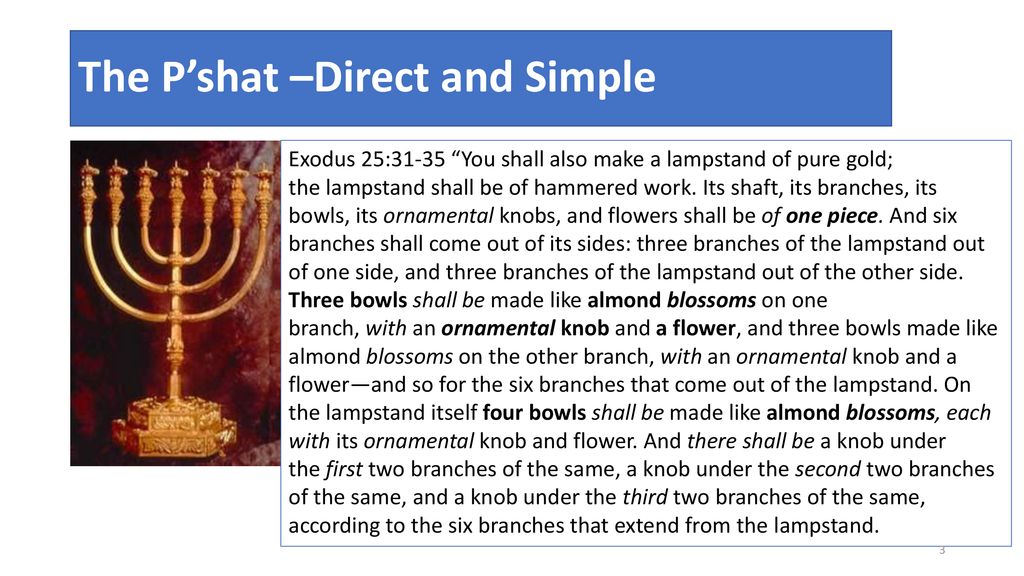
The shape reminds us of a flowering tree of life. On each of the six side arms were 3 golden almond blossoms and together with the 4 on the center shaft, there were exactly 22 almond blossoms. Between the 22 flowers, there are 21 connections. From the lowest flower to the top flower on the shaft to the 6 lamps, there are 27 (3 x 8+3=27) connections, and together with the highest connection from the top flower on the shaft to the middle lamp, there are a total of 28 (4 x 7) connections. Together there are 50 parts + 7 lamps.
The almond tree is the first tree in Israel, which awakes from its winter sleep to life and blooms. Therefore, the white almond blossom is a symbol of life and purity. God paid attention to the details from the very beginning; for He commanded that every single almond blossom on the Menorah should consist of three parts, namely, the cups, buds and blossoms (petals). Together they are 3 x 22=66 single flower parts.
The Menorah stood in the Tabernacle and in Solomon’s Temple. The Menorah stood also in the Temple of Herod in Jerusalem when Jesus was crucified. In the year 66 AD began the Jewish-Roman War. In 70 AD the Temple in Jerusalem was destroyed by the Romans. After more than 10 years the Arch of Titus in Rome was built, showing the removal of the Menorah, whose shape was outlined, however inaccurate.
The Biblical Menorah is a Reference to the Bible, the Light to the World
The Menorah has a symbolism for eternity, for there is a clear correlation between the construction of the Menorah and the structure of the Bible. This is especially evident at 3 points:
1. THE 49 SCROLLS OF THE BIBLE: The Hebrew alphabet has 22 letters and the Greek has 27 letters (in total there are 22 + 27= 49 letters). The Menorah has 22 almond blossoms and the OT has been written on 22 scrolls. The 22 almond flowers on the Menorah are symbolic of the 22 scrolls of the OT (the basis of the Bible). The Menorah has 3 x 8+3=27 connections from the lowest to the top flower of the shaft with the 6 lamps (6 =the number of man) and the NT was written on 27 scrolls. The 27 connections symbolize the 27 books of the NT. Together, there are 22+27=49 scrolls of the Bible.


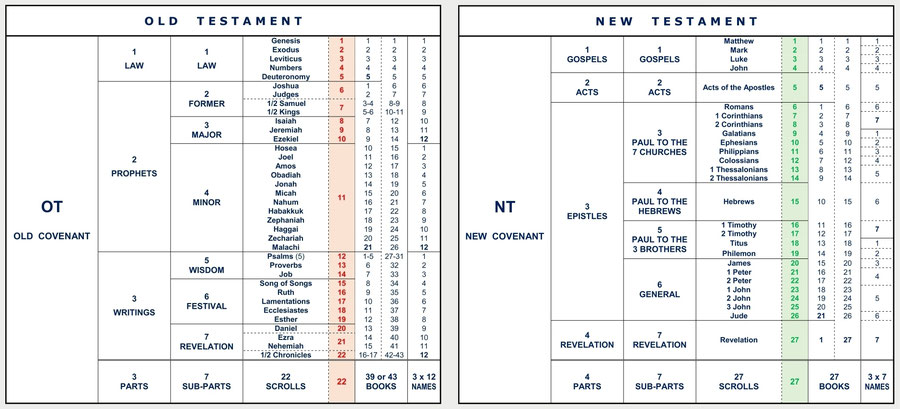

3. THE 66 AND 70 BOOKS OF the BIBLE: Each almond flower consists of 3 parts (cups, buds and blossoms/petals). Together they are 3 x 22=66 almond blossom items. On the center shaft are 4 almond blossoms with a total of 12 flower items. On the left side of the Menorah, there are 3 x 3 x 3=27 flower parts on the 3 arms. The 12 flower parts on the stem plus the 27 flower parts on the left side are a reference to the basis of the Bible, namely the 12+27=39 books of the OT. The other 3x3x3=27 flower parts on the right side of the shaft indicate the 27 books of the NT. In addition, there are exactly 3 x 7=21 connections between the 22 almond blossoms. The Old Testament was written on 22 scrolls, but it contains a total of 39 individual books.
The New Testament was written on 27 scrolls, and here each scroll corresponds to a single book. The entire Bible was written on 49 scrolls and contains 66 individual books.

A lamp also has the wick and the olive oil. There are therefore 3 x 7=21 lamp items. The 22 almond blossoms with the 27 connecting parts together produce 49 items and with the 21 lamp items the total number is 70 (10×7=70). Since the Psalms originally consisted of 5 books, the total number of the Bible is 70 books. Interestingly, Josephus himself described that the Menorah consisted of 70 parts. However, we do not know exactly how they counted. (Ex 25:31-40).
Meaning of the Numbers
The Bible was written on 49 scrolls (22 + 27), but it contains 39 + 27 = 66 books.
Since the Psalms originally consisted of 5 books, there are altogether 70 books.
Both views are correct. The numbers 49 (7×7), 66 (3×22) and 70 (10×7) symbolize the complete conclusion and completeness of the Word of God. There are Christians who believe that the 66 is related to the number 666 (number of the Beast, Satan). However, this is a great error, for the 66 has nothing to do with it, but it means 3 times 22 (22 Hebrew letters), which is a very positive number of the Old Testament. The OT also contains 36 (3 x 12) and the NT 21 (3 x 7) book names. No scroll and no book may be removed or added.
The number 22:
- 22 Almond blossoms of the Menorah
- 22 Letters in the ancient Hebrew alphabet
- 22 Scrolls of the Old Testament
The number 27:
- 27 Connections in the flowering area of the Menorah
- 27 Letters in the ancient Greek alphabet (with digamma, koppa, sampi)
- 27 Scrolls of the New Testament
The Biblical Menorah has:
- 7 Lamps (with wick and oil it is 3 x 7 = 21 items)
- 21 Connecting parts between the 22 almond blossoms
- 22 Cups buds and blossoms = 3 x 22 = 66 Flower Items:
- 66 Flower items: 12 on shaft + 27 on the left side = 39 + 27 on the right side
- 27 Connections between the flowers and 6 lamps (3 x 8 + 3 = 27, or 9 x 3)
- 28 Connections from beginning of flowering to all 7 lamps (3 x 8 + 4 = 28)
- 49 Flowers and compounds in the flowering area (22 + 27 = 49 = 7 x 7)
- 50 Flowers and connections to all 7 lamps (22 + 28 = 50 = 7 x 7 = 49 + 1)
The Book of Life
When the tree of life blossoms, it has exactly 49 parts from the lowest to the highest flower on the shaft to the 6 lamps (6 = number of man). This symbolizes the Bible (22+27=49 scrolls with the 39+27=66 or 70 books). However, the most important detail is still missing, namely the piece from the top flower to the middle lamp. It symbolizes the “Book of Life” (49+1=50) and the perfect communion with God. As in the counting of the days unto Pentecost (49+1) and in the counting of the years up to the year of Jubilee (49+1), also indicating the uppermost part of the Menorah (49+1) the complete conclusion and the new beginning. (More information about the Book of Life)
The Menorah is a reference to the Word of God. God speaks to us through the scrolls of the Bible; His Word is the light in this world. But the 50th (49+1) section to the Central Lamp is a symbol of the “Book of Life” and the eternal direct contact with Yahweh via Jesus.
The Menorah symbolizes Jesus
Jesus is the living Menorah. He was the light that the whole world had been waiting for. He not only paid the debt for our sins, but also showed us the way to the eternal light.
- Let it be known to you all, and to all the people of Israel, that by the name of JESUS CHRIST… this man stands here before you whole… Nor is there salvation in any other, for there is no other name under heaven given among men by which we must be saved (Acts 4:10-12).
- In the beginning was the WORD, and the Word was with God, and the Word was God. He was with God in the beginning. Through him all things were made; without him nothing was made that has been made. In him was life, and that life was the LIGHT of all mankind. The LIGHT shines in the darkness, and the darkness has not overcome it. There was a man sent from God whose name was John. He came as a witness to testify concerning that LIGHT, so that through him all might believe. He himself was not the LIGHT; he came only as a witness to the LIGHT. The true LIGHT that gives LIGHT to everyone was coming into the world. He was in the world, and though the world was made through him, the world did not recognize him. He came to that which was his own, but his own did not receive him. Yet to all who did receive him, to those who believed in his name, he gave the right to become children of God – children born not of natural descent, nor of human decision or a husband’s will, but born of God. The WORD became flesh and made his dwelling among us. We have seen his glory, the glory of the one and only Son, who came from the Father, full of grace and truth (John 1:1-14).
- I am the LIGHT of the world. He who follows Me shall not walk in darkness, but have the LIGHT of life (John 8:12).
- I am the way, the truth, and the life. No one comes to the Father except through Me (John 14:6).
- And behold, I am coming quickly, and My reward is with Me, to give to every one according to his work (Rev 22:12).
JESUS is the Light. The Menorah symbolizes [1.] JESUS (Light, Love, Word and Savior), [2.] His Word, the BIBLE (49 scrolls with 66/70 books, they are the light in this dark world) and [3.] The “BOOK OF LIFE,” that is eternal life (Rev 3:5; 20:12-15) and our way of life, the light in the dark world (Mt 5:13-16). When we shine our light and are an example to the world, our name will stand forever in the Book of Life. This is our hope and joy.
The Menorah is not a normal lampstand; it is a miracle, just as the Bible itself is also a miracle.
Oil is also important because it is a reference to the Holy Spirit, which enables us to be a light in this world. The parable of the 10 virgins (Mt. 25:1-13) emphasizes the importance of this oil, for the darkness will not enter into the kingdom of God. The Bridegroom will certainly not pick up the sinful darkness, but only the spiritual virgins who have enough oil (Holy Spirit). Christians who do not follow Jesus, who radiate little love and are therefore no light for the world, are not genuine Christians, but part of this dark world, (Mt 25:1-13).
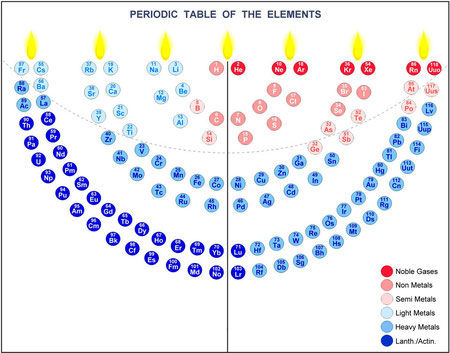
By the way, the periodic table of the elements also has the form of a menorah, because if the elements with similar chemical properties are placed as close to each other as possible, a form is automatically created that is reminiscent of the 7-branched lampstand of God. This indirectly reveals who is the Creator of all chemical elements and who created everything visible. The Bible describes in detail who is the one through whom the world was made, (John 3:1; 1Cor 8:6, 15:21-28; Rom. 1:19-25; Heb 1:2). 9
For more information: [The Menorah Periodic System of the Elements]
To summarize we find in the Book of Revelation, which is called “The Revelation of Jesus Christ which God gave unto him, and to show his servants things which must shortly come to pass; and He sent and signified it by His angel unto His servant John. 2 who bore witness to the word of God, and to the testimony of Jesus Christ, to all things that he saw.” [Rev. 1:1-2]
10 I was in the Spirit on the Lord’s Day, and I heard behind me a loud voice, as of a trumpet, 11 saying, [g]“I am the Alpha and the Omega, the First and the Last,” and, “What you see, write in a book and send it to the seven churches [h]which are in Asia: to Ephesus, to Smyrna, to Pergamos, to Thyatira, to Sardis, to Philadelphia, and to Laodicea.”
12 Then I turned to see the voice that spoke with me. And having turned I saw seven golden lampstands, 13 and in the midst of the seven lampstands One like the Son of Man, clothed with a garment down to the feet and girded about the chest with a golden band. 14 His head and hair were white like wool, as white as snow, and His eyes like a flame of fire; 15 His feet were like fine brass, as if refined in a furnace, and His voice as the sound of many waters; 16 He had in His right hand seven stars, out of His mouth went a sharp two-edged sword, and His countenance was like the sun shining in its strength. 17 And when I saw Him, I fell at His feet as dead. But He laid His right hand on me, saying [i]to me, “Do not be afraid; I am the First and the Last. 18 I am He who lives, and was dead, and behold, I am alive forevermore. Amen. And I have the keys of [j]Hades and of Death. 19 [k]Write the things which you have seen, and the things which are, and the things which will take place after this. 20 The [l]mystery of the seven stars which you saw in My right hand, and the seven golden lampstands: The seven stars are the [m]angels of the seven churches, and the seven lampstands [n]which you saw are the seven churches. [Rev. 1:10-20]
This record in Revelation summarizes how Jesus embodies the Word of God made flesh as represented in the Menorah and its light. As the center candlestick and Servant Lamp bearing the other six candles, His was the voice speaking to the John and to the seven churches of Rev. 2. So Jesus is speaking to us in his churches today, to go and do the things he has commanded, to fulfill our part in the greatest calling from our Heavenly Father to be fellow-laborers with God in Christ, to stand together with them in eternal glory.
The Menorah and the letters of the Hebrew Alphabet are the basis of God’s Word.

Charles Spurgeon preached on the lessons of the Almond Tree. He says here,
“While I have felt compelled to speak of these solemn Truths, I am glad to turn to the other part of the subject which is this—that God is quick in performing His promises. They are like the almond tree—they blossom and bear fruit very quickly. “What sort of promises,” you ask, “are thus speedily fulfilled?” Well, first, the promise to give salvation to all those who believe in the Lord Jesus Christ.
On this most joyous of days, you who wonder at our joy, it is because we looked to Christ as our all in all, forgiver of sins, Lamb of God. You, also, look to Christ – and be saved. The almond tree blooms, quick with promises. The most wondrous promise of all is the resurrection of the Son of God. 10
As we stand together with God in Christ, victory is ours with all its eternal rewards, as we remain faithful in Him.
God’s Abundant Blessings to you all!
Agape‘
Rene’
Footnotes
1. [https://www.sciencemag.org/news/2013/06/scienceshot-sunflowers-do-math]
2. 23 April issue of Physical Review Letters; Shipman and Newell
3. IBID
4. Fig. 1 picture credit, Eddy Levin, 1998.
5. IBID
6. H S M Coxeter, in his Introduction to Geometry (1961, Wiley, page 172)- see the references with the following important quote:
it should be frankly admitted that in some plants the numbers do not belong to the sequence of f’s [Fibonacci numbers] but to the sequence of g’s [Lucas numbers] or even to the still more anomalous sequences
3,1,4,5,9,… or 5,2,7,9,16,…Thus we must face the fact that phyllotaxis is really not a universal law but only a fascinatingly prevalent tendency. But the tendency has behind it a universal number, the golden section.
7. Livio, Mario. The Golden Ratio: The Story of Phi, The World’s Most Astonishing Number. New York: Broadway Books, 2002.
8. Menorah painting by David G. Vogel.
9. [https://menorah-bible.jimdofree.com/english/structure-of-the-menorah/]








